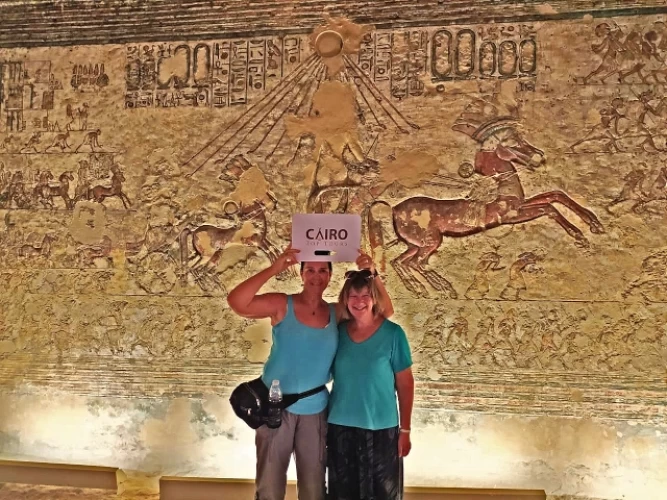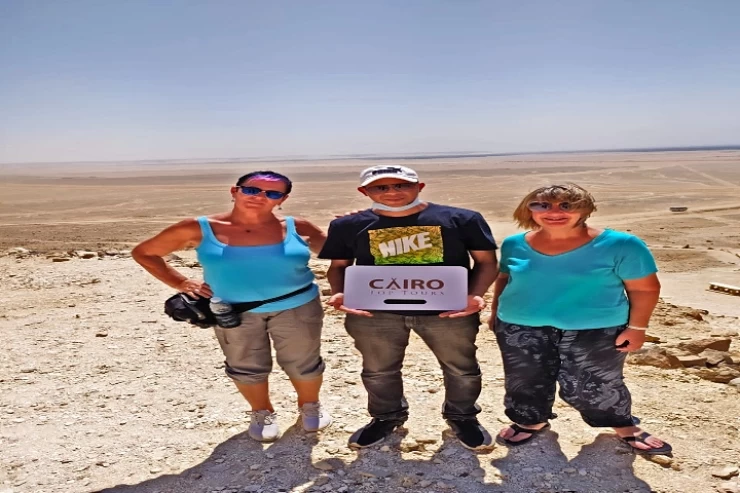
Beni Hassan Tombs in El Minya city
Beni Hassan Tombs
No trip to Egypt is complete without legends about the famous pharaohs and visits to the stone pyramids, and the tomb of Cheops is familiar even to those who have never been to Africa. Everyone knows about one of the seven wonders of the world where the great pharaoh was buried, but few people know where he was born. According to some historians, the birthplace of Egypt's legendary ruler, as well as that of his father, Snefru, is considered to be one of the oldest settlements on the banks of the Nile called Beni Hassan. Today, these territories are the outskirts of the modern city of Al-Minya and are rock tombs perfectly preserved to this day.
The ancient Egyptian necropolis is made up of 39 large tombs belonging to rulers and nobles, and hundreds of smaller burials. The first of these dates back to the 22nd century BC, during the reign of the 4th dynasty of the Egyptian pharaohs. The tombs of Beni Hassan are characterised by rectangular porticoes leading to the interior of the tombs, and in some of them stone statues of the dead and all their family members have been found.
Mural paintings depicting hunting and fishing, sports and traditional dances have been preserved in 12 burial chambers. Of particular interest are the paintings of scenes of antelopes being fed and ball games in the tombs of Khnumhotep II and Baqet III. There are also scenes of the afterlife and sacrifices.
The so-called ‘ancient cells’ belong to the later Greco-Roman period, as hermits lived here, as numerous wall inscriptions testify. There are also rooms that served as a church and chapel, as well as a school, on whose walls fragments of Coptic writing have been preserved.
The most recent buildings are the tombs of the XXXth dynasty of pharaohs, which interrupted its reign following the conquest of Egypt by the Persian Empire, dating from the 4th century BC.

















